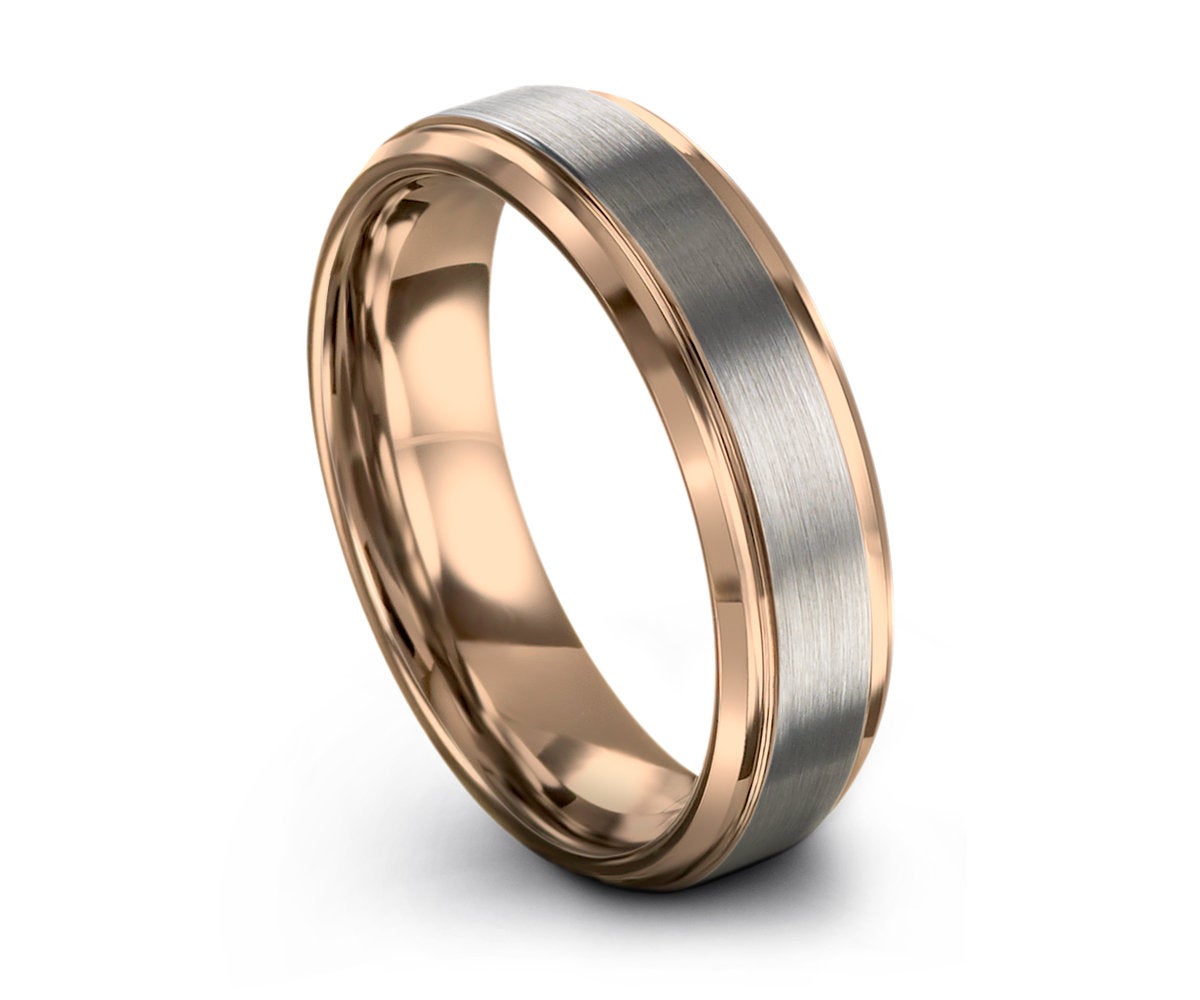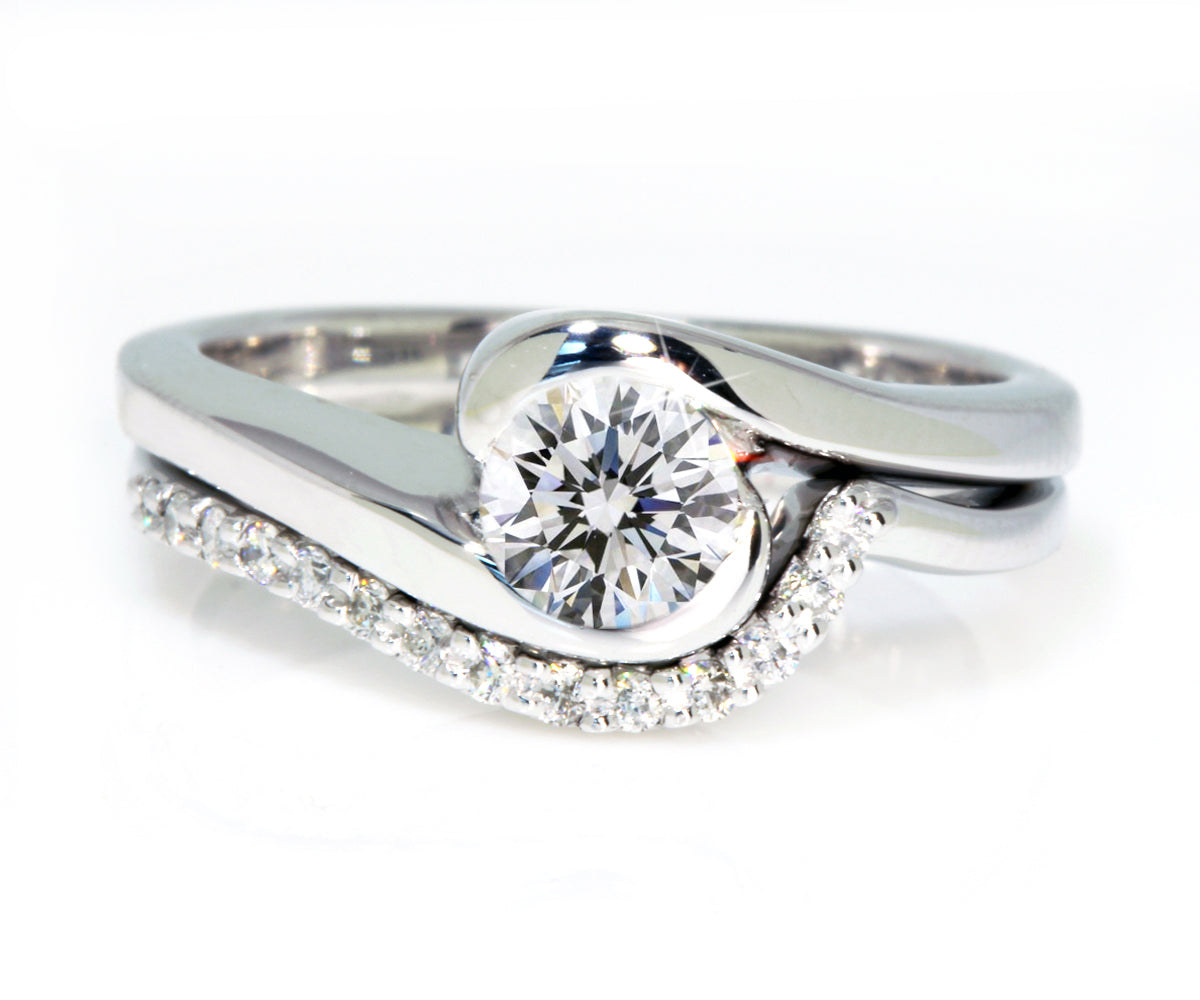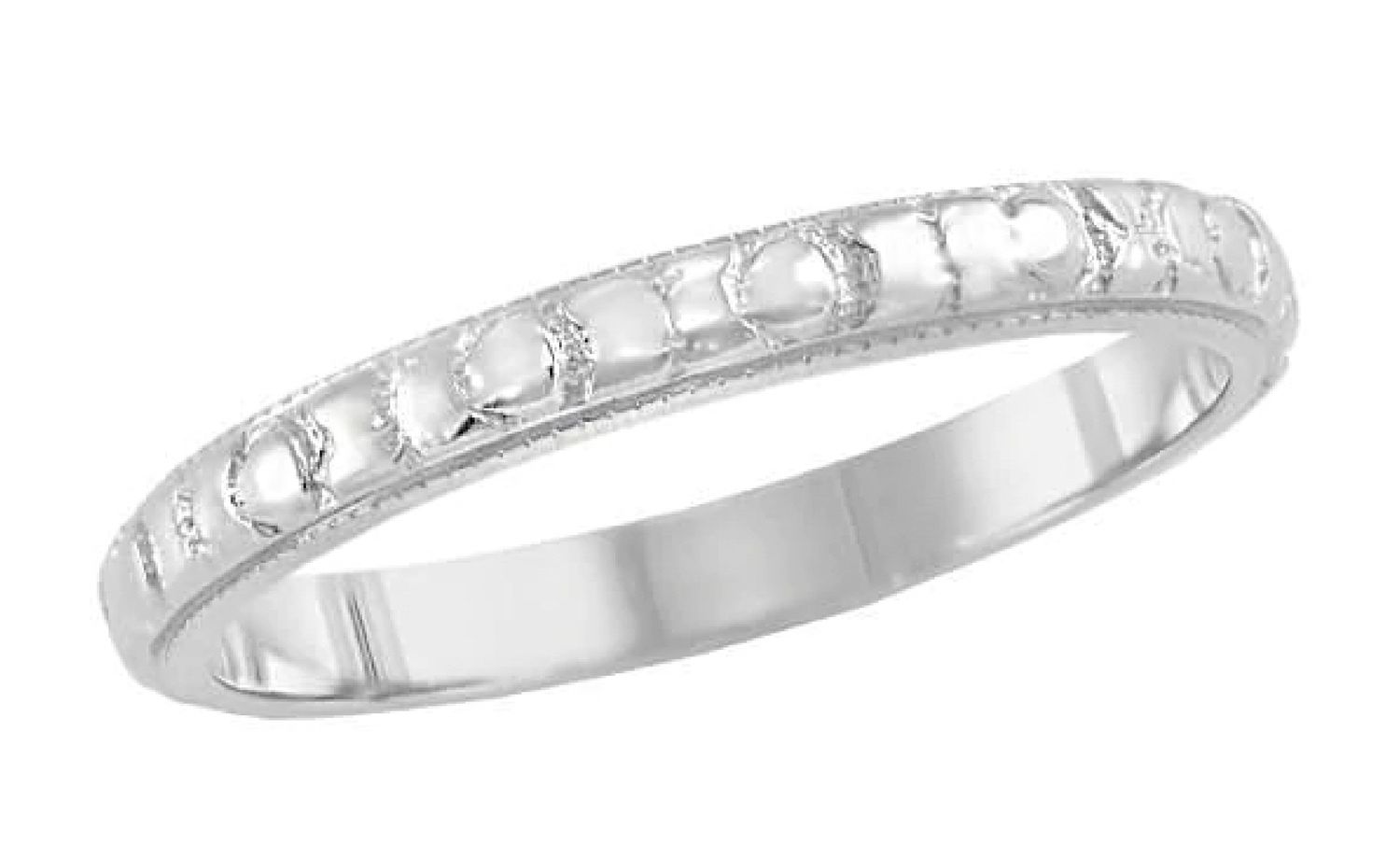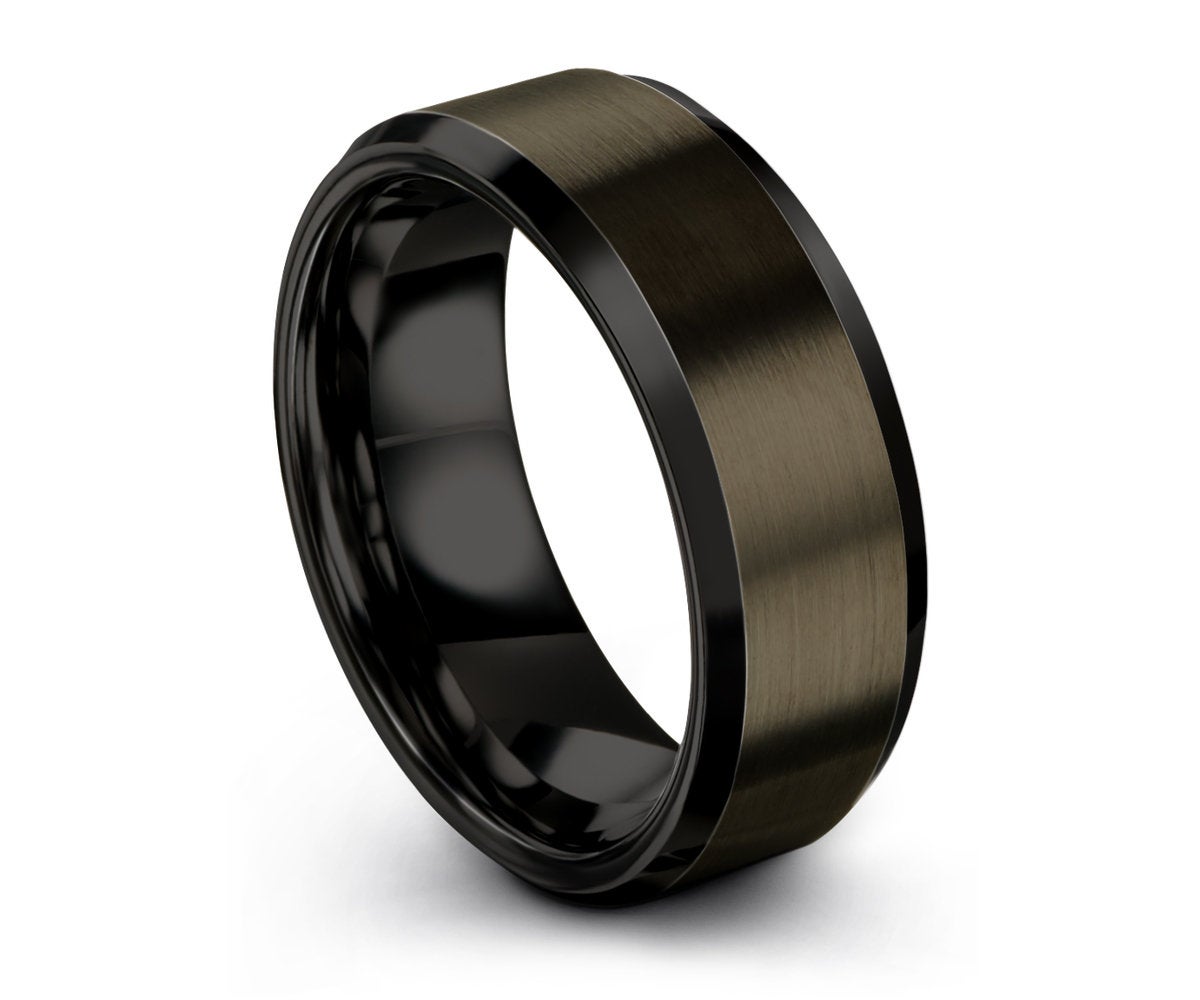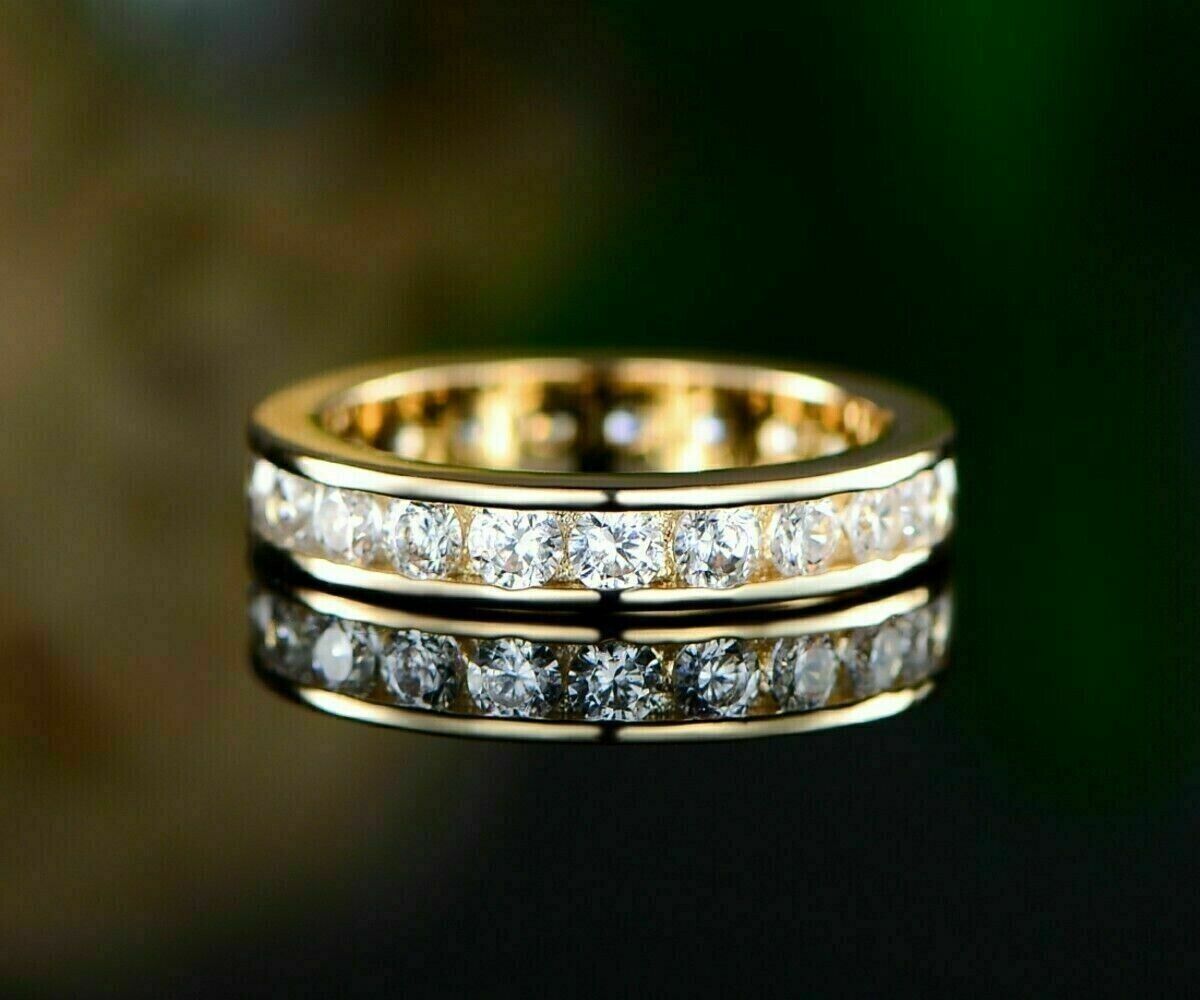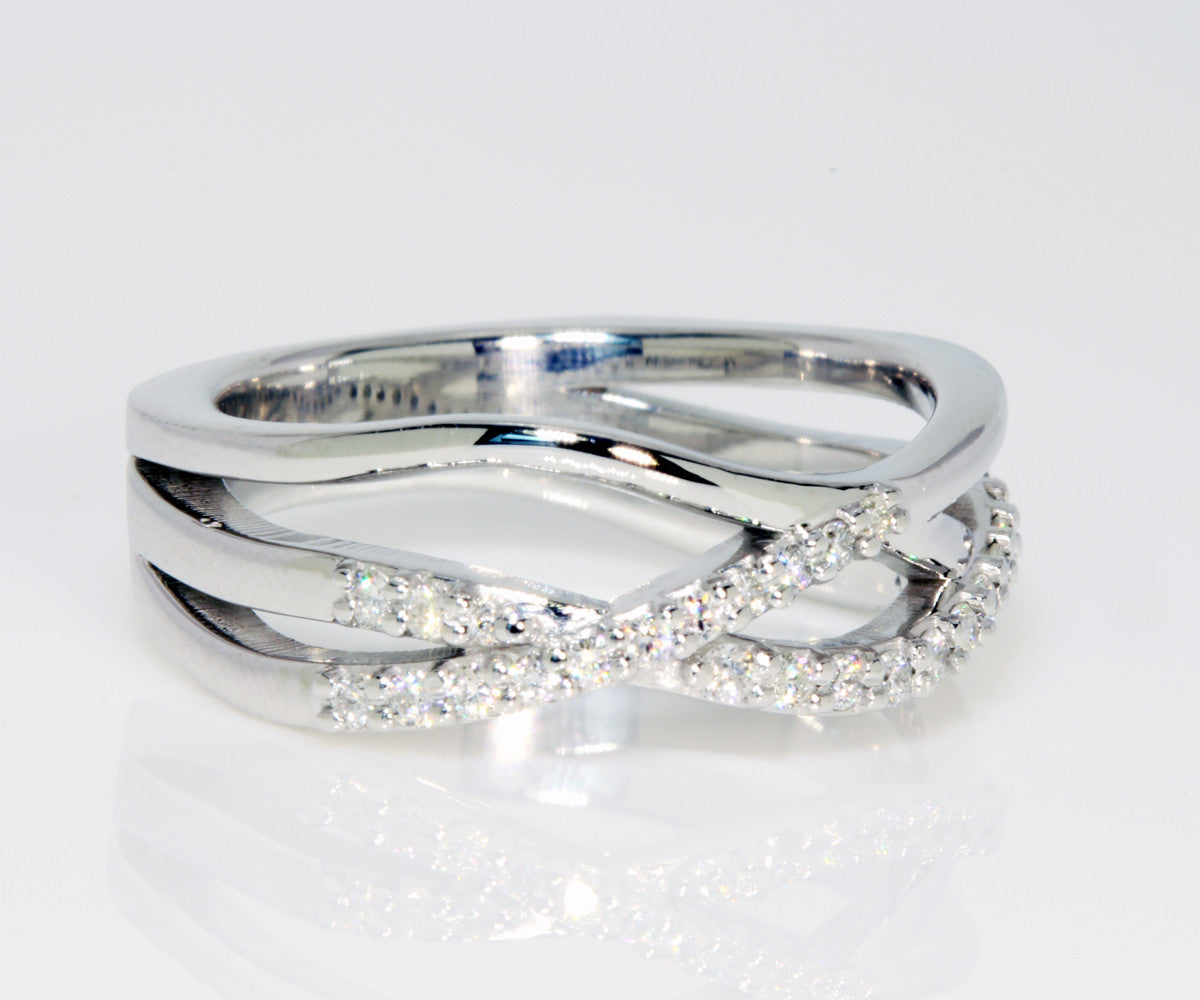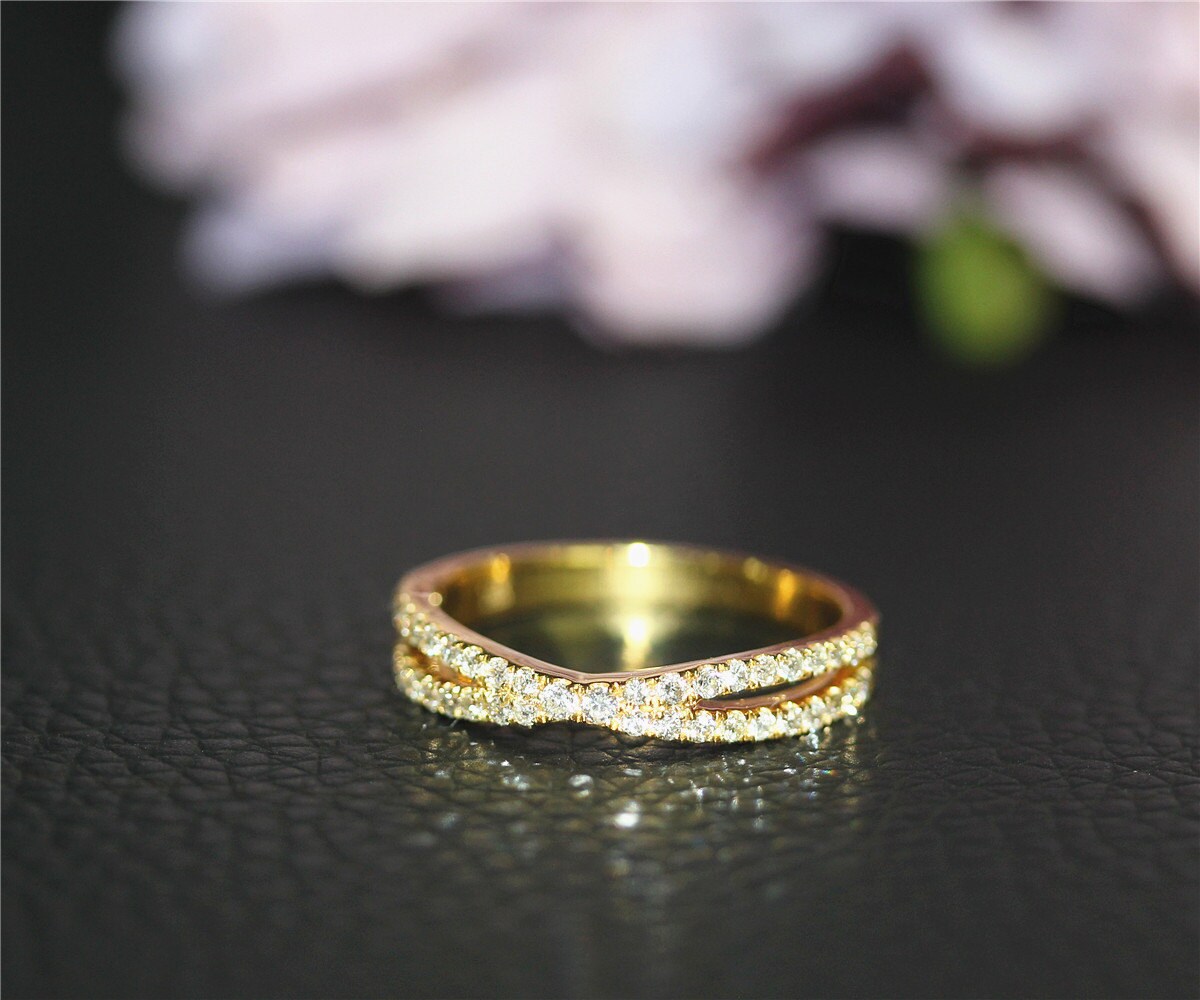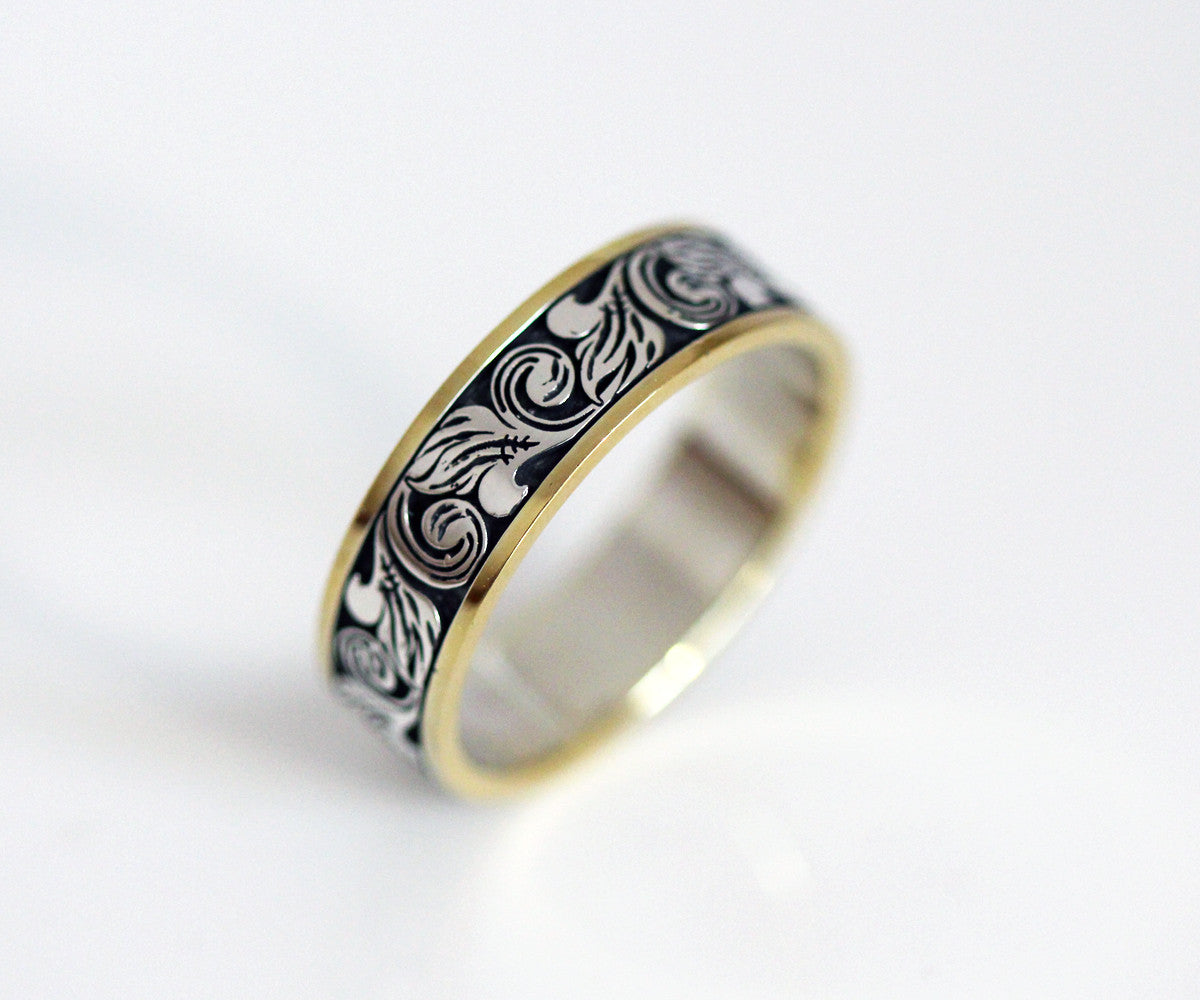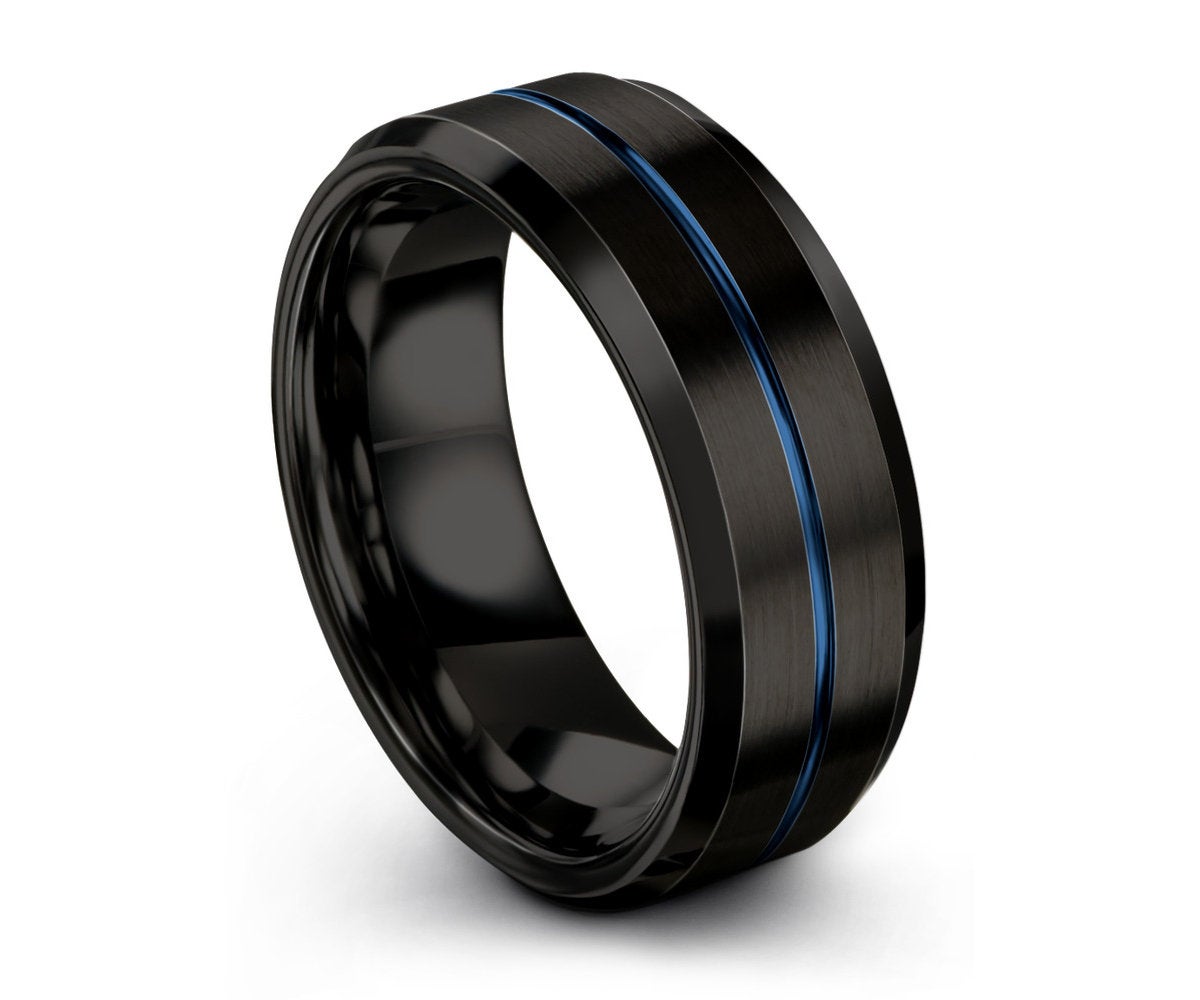
When you become legally married, you put on a wedding band as a ring. In some cultures, the wedding ring is worn on the right hand instead of the left, as is customary. You and your spouse will ultimately decide what to do. Wedding bandsallow both spouses to partake in the wedding jewelry craze, unlike the customary engagement ring that is worn by women.
The History Of Wedding Bands
Ancient Egypt
Ancient Egypt was the earliest documented society where "rings of love" were exchanged, frequently fashioned of leather or woven reeds. This custom dates back around 5000 years. It is believed that the circle, or ring, was a potent emblem to the Egyptians.
The band with no end symbolizes eternal life and love, while its openness stands as a doorway to uncharted lands. In their culture, rings were highly valued, especially scarabs and signet rings. The symbolism associated with wedding rings has also remained constant. A ring represents the eternal unity of marriage because it is a circle.
Roman Interpretations
Later cultures adopted this practice and ran with it. For instance, the Greeks and Romans adopted the fourth-finger rule because they believed, as did the Egyptians before them, that the ring finger on the left hand housed a specific vein that led straight to the heart.
This vein was known as the Vena Amoris (Vein of Love) by the Romans. The notion still holds even though we now have a much better grasp of how the human circulatory system functions. The hand-to-heart link is simply too romantic to abandon, after all.
Middle Ages/European Renaissance
Around 900 AD, Christian marriage ceremonies in Europe began to include wedding bands as a custom. Heavy carvings were a common feature of early Christian rings, which infuriated the Church. These rings were condemned by the Church as being excessively ostentatious, which led to the adoption of simpler designs. The crew ultimately produced the simple wedding bands that are still in use today.
However, gimmel ring designs constructed of numerous interconnecting hoops that may separate into independent, stand-alone rings (known as joint rings in England) made a bit of a resurgence during the Renaissance.
These were typically worn as engagement rings. During the engagement, the engaged couple would alternately wear one of the hoops, then they would reunite to wear the other hoop on the bride's finger at the wedding.
List Of Best Wedding Bands
At this period, posy wedding bands that had brief engraved passages from poetry or the Bible were also common. These rings' styles changed over time, moving from elaborate specimens with outward-facing inscriptions to more straightforward forms with inward-facing inscriptions.
Wedding ring symbolism and shifting ideas on marriage are two common explanations for this transformation; couples were starting to view their union as something personal rather than just as a legal commitment.
Wedding bands come in a variety of styles, each catering to different tastes and preferences. Here's a closer look at some of the most popular styles of wedding bands:
Classic Wedding Bands
Classic wedding bands are timeless and simple, featuring a clean, unadorned design with a continuous metal band. They are often made of traditional metals like gold (yellow, white, or rose), platinum, or silver. Classic bands typically have a consistent width all around.
Diamond Wedding Bands
These bands incorporate diamonds or other gemstones into the design, adding a touch of elegance and sparkle. Diamond wedding bands come in various styles, including channel-set (stones set between metal channels) and pave-set (stones set close together with minimal metal showing).
You can choose from bands with a single row of diamonds or multiple rows, depending on your preference.
Vintage And Antique Wedding Bands
Vintage and antique wedding bands are cherished for their historical charm and intricate designs. They often feature filigree work, engraved patterns, and intricate detailing. These bands are typically made of gold, often with unique details like milgrain edges.
The design of vintage and antique bands can reflect the style of a particular era, such as Art Decoor Victorian.
Custom Wedding Bands
Custom wedding bands are a personalized expression of a couple's love and style. They can be designed to include engravings, meaningful symbols, or unique materials. Customization allows for a wide range of materials, from traditional metals to alternative options like wood, meteorite, or even materials with sentimental value.
These bands are unique to the couple, often featuring elements that hold special meaning to them.
Eternity Wedding Bands
Eternity bands are encrusted with gemstones (typically diamonds) that go all the way around the band, symbolizing never-ending love and commitment. They can have a full eternity design (stones all around) or a half-eternity design (stones only on the top half of the band).: Eternity bands come in various stone shapes, such as round, princess-cut, or emerald-cut, and in different metal colors.
Modern Wedding Bands
These bands feature sleek, minimalist designs that are perfect for those with a more contemporary aesthetic. Contemporary bands can be made from traditional metals, as well as alternative metals like titanium or tungsten. Some contemporary bands incorporate unique textures and finishes, such as brushed, matte, or hammered surfaces.
Stackable Wedding Bands
Stackable wedding bands are designed to be worn alongside an engagement ring, allowing for a customizable and layered look. They come in various styles, from plain metal bands to bands with small accent stones or intricate details. You can mix and match stackable bands to create a personalized and ever-evolving bridal set.
Materials For Wedding Bands
Wedding bands are available in a wide range of materials, each with its unique characteristics, appearance, and symbolism. Here are some of the most common materials used for wedding bands:
Gold Wedding Bands
- Yellow Gold - Traditional and timeless, yellow gold is a classic choice for wedding bands. It's known for its warm, rich color.
- White Gold - White gold is created by alloying yellow gold with white metals like palladium and rhodium. It has a bright, silvery appearance and is often rhodium-plated for a brilliant shine.
- Rose Gold- Rose gold, also known as pink or red gold, is alloyed with copper, giving it a romantic and warm pinkish hue.
Best Collection Wedding Bands
Platinum Wedding Bands
Platinum is a dense, naturally white metal that is highly durable and resistant to tarnish and corrosion. It is prized for its purity and longevity. Platinum wedding bands have a luxurious and elegant appearance and are a symbol of enduring love.
Silver Wedding Bands
Silver is a more affordable alternative to gold and platinum. It has a bright, white luster but is prone to tarnishing over time. Silver wedding bands are a popular choice for those on a budget or those who appreciate the look of white metal.
Titanium Wedding Bands
Titanium is a lightweight, durable, and hypoallergenic metal. It has a modern, industrial appearance and is highly resistant to corrosion and scratching. Titanium wedding bands are popular for their affordability, strength, and contemporary style.
Tungsten Wedding Bands
Tungsten carbide is one of the hardest materials on Earth, making tungsten wedding bands extremely durable and resistant to scratches. These bands often have a modern, matte finish and are a popular choice for those with active lifestyles.
Cobalt Chrome Wedding Bands
Cobalt chrome is a durable, white metal with a bright, platinum-like appearance. It is hypoallergenic and resistant to tarnish, making it an attractive option for those with sensitive skin.
Palladium Wedding Bands
Palladium is a naturally white metal that shares some similarities with platinum but is more affordable. It has a sleek, silvery appearance and is known for its purity and resistance to tarnish.
Cultural Significance Of Wedding Bands
Wedding bands hold deep cultural significance in societies around the world. These simple, unbroken circles of metal symbolize unity, commitment, and eternal love. The cultural significance of wedding bands varies across different regions and traditions, but they share a common thread of representing the enduring bond between a couple. Here's a closer look at the cultural significance of wedding bands in various cultures:
Western Traditions
In many Western cultures, the exchange of wedding bands is a central and time-honored tradition in wedding ceremonies. The circular shape of the wedding band is often seen as a symbol of eternity and the unending nature of love.
The placement of the wedding band on the fourth finger of the left hand, known as the "ring finger," is said to be rooted in the belief that this finger contains the "vena amoris" or "vein of love" that connects directly to the heart. The exchange of rings during the wedding ceremony symbolizes the couple's commitment to love and cherish each other for a lifetime.
Eastern Traditions
In various Eastern cultures, such as India, the exchange of wedding bands is part of elaborate wedding ceremonies filled with cultural rituals and symbolism. Wedding bands can vary in design and materials, often reflecting the customs and beliefs of the specific region.
The act of placing the wedding band on the bride's finger is seen as a powerful gesture, signifying the groom's commitment to protect and care for his bride. The exchange of rings is often accompanied by blessings and prayers for a prosperous and harmonious married life.
Jewish Traditions
In Jewish weddings, the wedding band plays a significant role in the "Betrothal" or "Kiddushin" ceremony. The groom traditionally places the wedding band on the bride's right index finger, symbolizing the binding of their souls and their commitment to one another.
The act of placing the wedding band is accompanied by reciting a specific Hebrew phrase, often translated as "With this ring, you are consecrated to me."The circular shape of the ring symbolizes the unbroken and everlasting love between the couple.
Chinese Traditions
In Chinese culture, wedding bands are often made of materials such as gold or jade, both of which are considered auspicious and symbolize wealth, prosperity, and longevity.
The exchange of rings is part of a larger series of customs and ceremonies during Chinese weddings, each filled with cultural significance. The circular shape of the wedding band represents the idea of a harmonious and endless union.
Native American Traditions
Various Native American tribes have their wedding traditions and symbols, which may include the exchange of rings. In some Native American cultures, the giving and receiving of rings symbolize the sharing of one's life journey with another and the joining of two spirits.
FAQs
What Is A Wedding Band Vs A Wedding Ring?
Wedding band and wedding ring are now essentially interchangeable terms. These rings do, however, contain a few subtle differences. A wedding band is composed of a plain band, but a wedding ring is a band covered in diamonds or other precious stones. Preference is the main distinction between the two.
Why Are There 3 Wedding Bands?
After an anniversary or the birth of a couple's first child, the third ring is presented. To commemorate an anniversary, some men decide to gift their spouses another ring. This is typically a significant occasion, similar to the first, fifth, or tenth anniversary.
Who Is Supposed To Buy The Wedding Bands?
According to custom, each person is responsible for purchasing the other's ring. Accordingly, in a conventional union, the bride's ring would be purchased by the groom or his family, and vice versa.
How Important Is A Wedding Band?
Since the Middle Ages, when the groom would give the bride and her family an expensive ring to demonstrate his dedication to the marriage and that he would never walk away from this bond, wedding rings have served as symbols of devotion.
Is It OK To Use An Engagement Ring As A Wedding Band?
Many couples choose to use their engagement band as their wedding ring, which can be a terrific way to save money and streamline the jewelry-selecting process.
Conclusion
Wedding bands are more than just pieces of jewelry; they are symbols of love, commitment, and the enduring bond between two individuals embarking on a lifelong journey together. Whether you prefer a classic, diamond-studded, vintage, or custom design, your wedding bands are a reflection of your unique love story.
As you exchange these rings on your special day, you carry forward a tradition that spans millennia, connecting you to countless couples who have chosen the symbolic circle to represent their eternal love and devotion.
